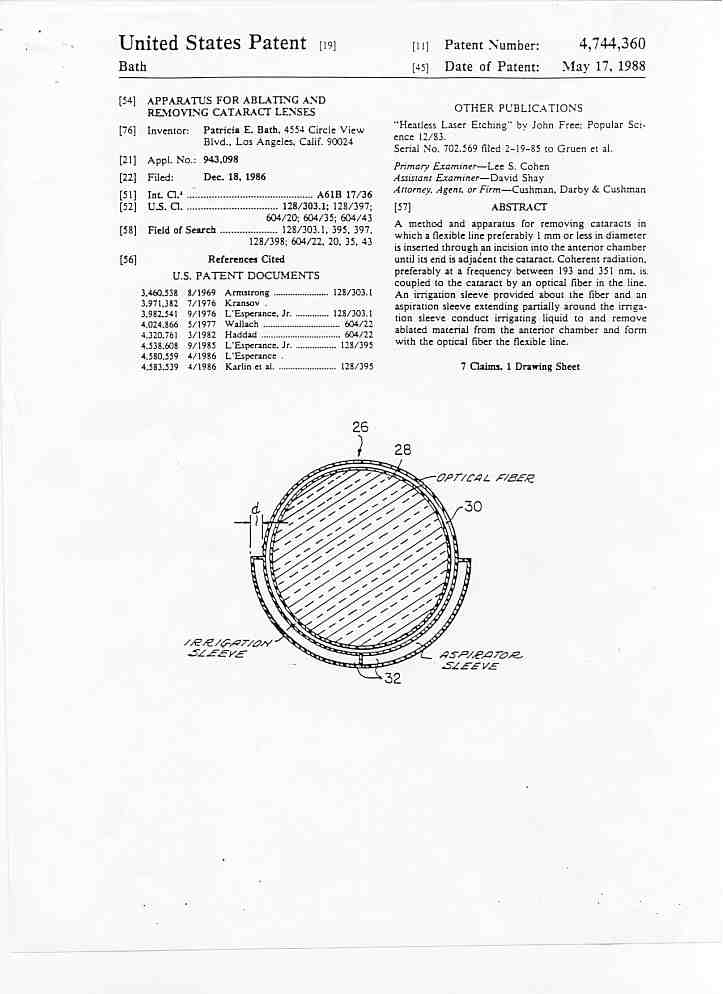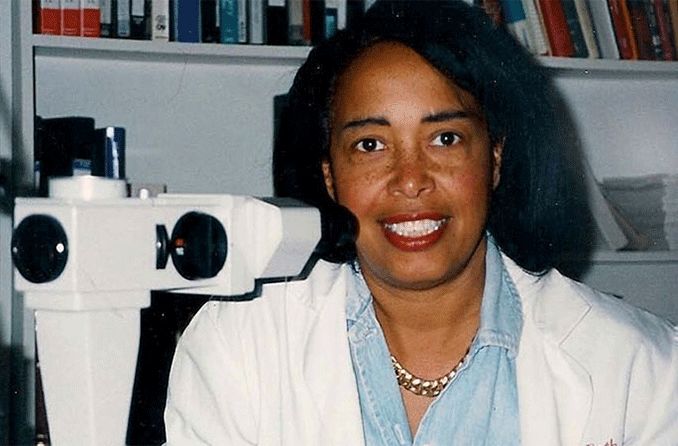Some individuals stand out for their exceptional contribution and their ability to transform the world. Today, I’d like to introduce you to one of them: Dr. Patricia Bath.
Dr. Patricia Bath is a medical pioneer who not only pushed back the boundaries of science, but also paved the way for the emancipation of women in the medical field. Dr. Bath’s most famous and revolutionary contribution is the invention of the Laserphaco Probe, a medical device that transformed cataract surgery.
In this article, we delve into the inspiring journey of this innovator, who is also featured in our children’s book: I am inspired: 6 bold inventors.
An Early Interest in Science
Born on November 4, 1942 in Harlem, New York, Patricia Bath was destined to shine with her medical genius. This young girl with a mind keen for knowledge grew up in an environment that encouraged her to nurture and develop her intellect. Her mother, Gladys, is said to have introduced Patricia to the sciences by buying her her first chemistry kit. Her parents nurtured her aspirations with dedication, guiding her along the path that would lead to an extraordinary destiny.
At a time when racial prejudice and gender inequality were still prevalent, Patricia Bath had to overcome many obstacles to follow her passion for medicine. After graduating from Howard University with a degree in chemistry, she continued her medical training at Howard University College of Medicine. Her outstanding results and unwavering determination led her to complete ophthalmology residencies in New York, where she continued to distinguish herself and challenge established standards.
Prevent and Cure
Her years as a medical practitioner led Dr. Patricia Bath to a clear realization: blindness continues to affect many people, particularly in the most underprivileged communities. This realization led Dr. Patricia Bath to set herself the goal of eradicating blindness.
According to the WHO, the main causes of blindness are cataracts, untreated refractive defects, age-related macular degeneration, glaucoma and diabetic retinopathy.
In 1976, she co-founded the American Institute for the Prevention of Blindness, a non-profit organization dedicated to “Protecting, Preserving and Restoring the Gift of Sight” by providing quality eye care to underprivileged populations.

A Bold Medical Inventor
Dr. Patricia Bath’s commitment didn’t stop with her foundation – quite the contrary. In 1988, Dr. Patricia Bath made medical history by obtaining a patent for her bold and revolutionary invention: the Laserphaco Probe. This innovative device combines the power of laser with the precision of ultrasound to effectively remove cataracts without damaging the surrounding tissue. Thanks to her invention, cataract patients benefited from faster, safer and less invasive procedures, transforming the way ophthalmic medicine was practiced.
Her patent established her as the first African-American woman to hold a medical patent. It reflects her innovative spirit and unwavering dedication to improving the quality of life for millions of people around the world.

Patricia Bath (1988). Apparatus for ablating and removing cataract lenses. Etats-Unis. United States Patent and Trademark Office
An Inspiring and Educational Heritage
The first woman ophthalmologist affiliated with the University of California, Los Angeles (UCLA) School of Medicine, the first woman to hold a residency in ophthalmology at UCLA, and the first African-American woman to obtain a medical patent for her invention, Dr. Patricia Bath’s life and achievements are a timeless source of inspiration.
Dr. Patricia Bath’s journey reflects the power of an individual to shape the course of history with vision, determination and innovation. By sharing her story, we hope to instill the boldness required for children to pursue ambitious dreams and create lasting change around them.
Introduce children to her story!


Leave a Reply